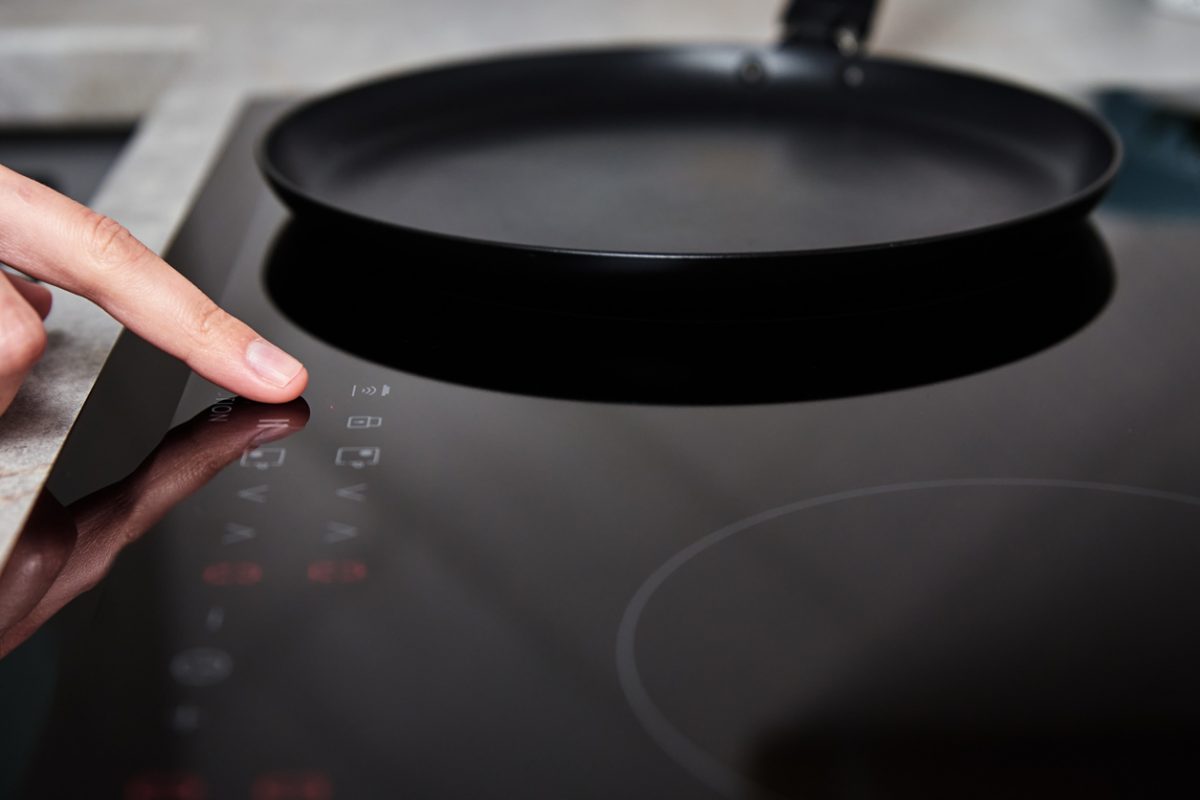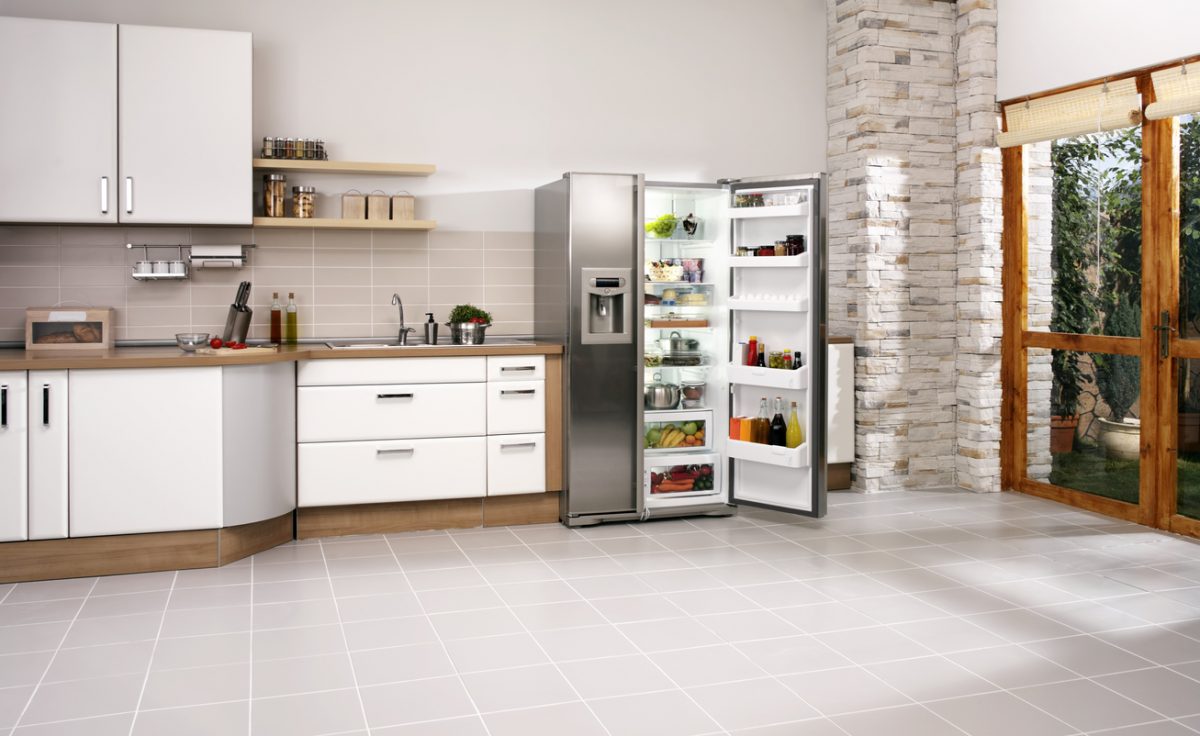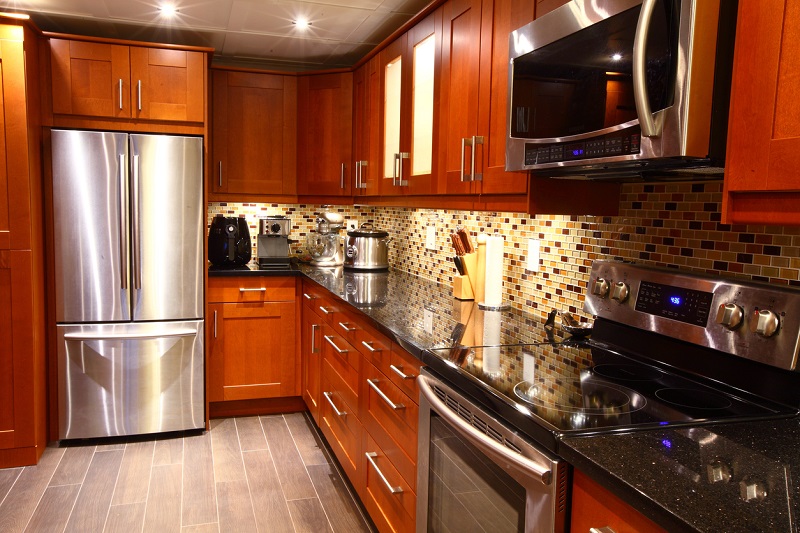
If you’re preparing for a major storm, stocking up on enough food and water should be part of your plan. You also need to have a plan to keep your food safe to eat during and in the wake of the storm, especially if you lose power.
Eating food that hasn’t been stored properly can lead to a number of foodborne illnesses. Those can be serious under normal circumstances, but the potential lack of access to medical care during a severe storm makes avoiding illness even more important. Additionally, many foodborne illnesses can cause vomiting and diarrhea, which can lead to dehydration. The condition can quickly become life threatening if you don’t have access to sufficient water.
Be prepared to keep your food safe during any serious storm with these important safety tips from the Food and Drug Administration and Centers for Disease Control and Prevention:
- Use a thermometer: Monitor the temperatures in your refrigerator and freezer. Refrigerators should be kept at between 34 and 40 degrees Fahrenheit, freezers at 0 degrees Fahrenheit. If the temperature in the freezer is 40 degrees Fahrenheit or lower, the food is safe to eat or refreeze. Any perishable foods that have been refrigerated and kept at temperatures above 40 degrees Fahrenheit for more than two hours should be thrown away. Tip: Look for a thermometer that sends the temperature directly to your mobile device or can be monitored remotely. Otherwise, don’t open the door to check the temperature until the power is back on.
- Make and store ice: If your freezer can make ice, make as much as you can starting days before the storm is set to arrive if you have advance warning. You can use the ice to help keep the food cool if you lose power, or use it in a cooler. You may also freeze containers of water. The ice will help keep food in the freezer cold, and you can also drink the water when it melts if your water supply is cut off. Tip: Buy dry or block ice to keep the refrigerator cold for extended periods. Fifty pounds of dry ice keeps an 18-cubic-foot, fully stocked freezer cold for two days, according to FDA.
- Move food to the freezer: If you know the storm is coming, move leftovers, milk, fresh meat and other foods that can be frozen to the freezer. They’ll last longer if the power goes out.
- Keep coolers handy (and the ice to fill them): Food will stay safe in refrigerators for about four hours after a power outage. Move them to ice-filled coolers if the power is off or is expected to be off for longer.
- Keep refrigerator and freezer doors closed: Only open them when necessary when a power outage is a possibility, even if you haven’t lost power. This will help keep the temperatures in both down.
- Keep the freezer full: A full freezer will keep food frozen for about 48 hours if it isn’t opened. That time is cut in half, to 24 hours, if the freezer is only half-full.
What to keep, what to toss
The CDC offers these tips to help you decide what is safe to eat and what should be discarded:
- Any food that has come into contact with flood or storm water should be thrown away. This includes containers with screw caps, snap lids, crimped caps, twist caps, flip tops, snap-open, and home canned foods.
- Throw away any food that has an unusual odor, color or texture.
- Thawed food that still contains ice crystals may be eaten or refrozen.
- Throw away any canned foods that are bulging, opened or damaged. Cans that have come into contact with flood or storm water should be washed in a solution of 1 cup bleach and 5 gallons of water.
- Never use potentially contaminated water to wash dishes, brush your teeth, wash your hands, wash or prepare food or prepare baby formula.
Never rely on a food’s smell or taste to determine whether it’s safe to eat. When in doubt, throw it out.






 The recent proposal by the U.S. Department of Energy for extremely stringent energy standards that would effectively eliminate most existing models of gas ranges has many home cooks up in arms at the thought of losing their favorite cooking method. But it has also drawn more attention to a newer alternative: induction cooking. Once considered a high-end appliance feature, more models of induction cooking ranges, cooktops and portable models are now available for cooks who are interested in making the switch. The percentage of electric surface cooking units and electric ranges that include induction is still relatively small, but has risen steadily in recent years. According to AHAM factory shipment data, induction ranges make up less than 5% of all electric ranges, but the number has grown 40% over the past year. In 2022, induction cooktops made up about one-third of all electric cooktops, a 6% increase over the previous year. Induction is heating up!
The recent proposal by the U.S. Department of Energy for extremely stringent energy standards that would effectively eliminate most existing models of gas ranges has many home cooks up in arms at the thought of losing their favorite cooking method. But it has also drawn more attention to a newer alternative: induction cooking. Once considered a high-end appliance feature, more models of induction cooking ranges, cooktops and portable models are now available for cooks who are interested in making the switch. The percentage of electric surface cooking units and electric ranges that include induction is still relatively small, but has risen steadily in recent years. According to AHAM factory shipment data, induction ranges make up less than 5% of all electric ranges, but the number has grown 40% over the past year. In 2022, induction cooktops made up about one-third of all electric cooktops, a 6% increase over the previous year. Induction is heating up!


 What comes to mind when you think about the kitchen of the future? Robotic servers? Automated cleanup?
What comes to mind when you think about the kitchen of the future? Robotic servers? Automated cleanup?


